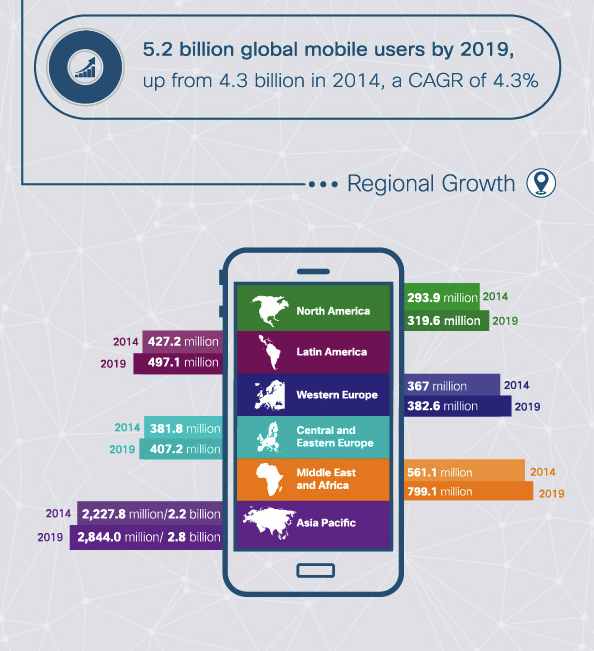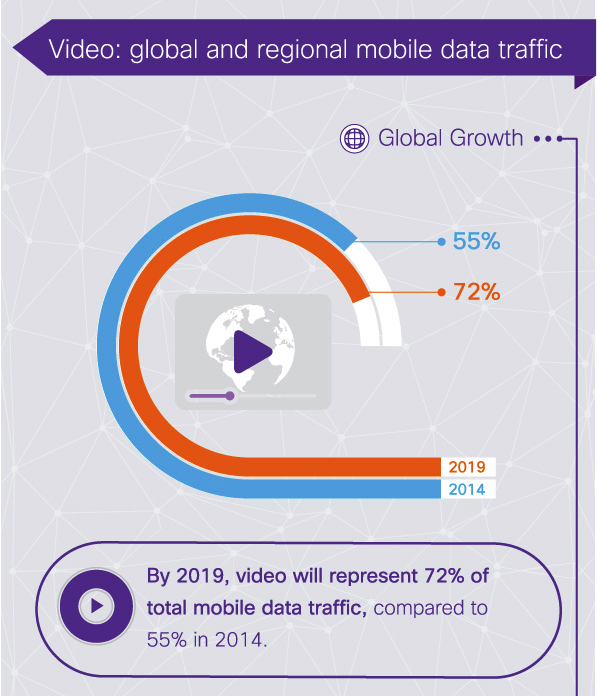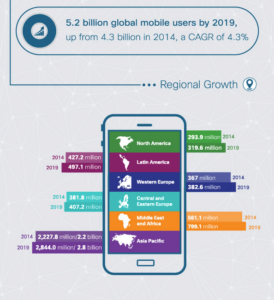The US FCC (Federal Communications Commission) recently said it would seek (again) to gain regulation authority over the Internet, in a move that looks to secure Net Neutrality using some fundamental principles laid down in the original 1934 Communications Act.

 By reclassifying Internet Service Providers (ISP’s) as “common carriers” the agency proposes to regulate them in much the same way the US phone service was regulated in the past. Telecommunication services should serve the public indiscriminately, so says the FCC chief Tom Wheeler who is looking to insert his regulatory agency into direct regulation of the internet in the way that it currently oversees the US wireless spectrum.
By reclassifying Internet Service Providers (ISP’s) as “common carriers” the agency proposes to regulate them in much the same way the US phone service was regulated in the past. Telecommunication services should serve the public indiscriminately, so says the FCC chief Tom Wheeler who is looking to insert his regulatory agency into direct regulation of the internet in the way that it currently oversees the US wireless spectrum.
The move is based on that law’s common carrier provision (Title II) that harks back to the days of government regulation of rail roads and pipelines, for the “common good.” It provides consumers with basic protection from “price gouging” and offering privileged class or status based on heavy usage that came in the age of the “robber barons” who used cut throat tactics to gain an edge over competition. In those free wheeling days, railroad companies could charge what ever they liked for freight giving large discounts to heavy users, and in that way, virtually locked out smaller competitors.
Net Neutrality proponents applaud the move and include those looking for such protections from internet service providers and their so called “fast-lane” policies that increase bandwidth for those willing to pay more, or throttle back bandwidth to media streaming sites like Netflix or Vudu.
Back in November 2014 the Obama administration recommended just such a move (using Title II) after the original FCC plan to gain such regulation over the Internet met with legal challenges from both Wireless and Cable providers (Verizon and Comcast) over the basis of the FCC’s authority to regulate the space. A DC Appellate court struck down the rules adopted by the FCC in 2010, based on less explicit wording from the revised Telecommunications Act of 1996, on the grounds that the commission exceeded its legal authority.
 The public actually hasn’t seen the new rules yet. The FCC will reveal them after a final vote on the proposed rule changes in late February. What we do know is that they are looking to reclassify ISP’s as providing telecommunication services preventing them from blocking, degrading or limiting Internet content, that includes paid prioritization deals. This clause preserves Net Neutrality proponents major concerns.
The public actually hasn’t seen the new rules yet. The FCC will reveal them after a final vote on the proposed rule changes in late February. What we do know is that they are looking to reclassify ISP’s as providing telecommunication services preventing them from blocking, degrading or limiting Internet content, that includes paid prioritization deals. This clause preserves Net Neutrality proponents major concerns.
Meanwhile ISP providers say the regulation policies could have a draconian impact with provisions of price fixing and other regulations that go back some 81 years. The new rules are also expected to cover mobile internet services, that extend to interconnection points that include some of the biggest data providers, like Google, Facebook and Amazon.
Current industry trends include the shift to 4k delivery that puts further pressure on an already tight bandwidth market. In the US, Time-Warner recently announced it was testing 4k/UHD transmission to prove the concept for its SportsNet group and has already provided the high bandwidth transmission on two Los Angeles sporting events using 4k/60fps 10bit signal in late December.
In Europe, the Swedish Spelplanen gathering of broadcasters targeted UHD delivery, with Sky Germany’s head of innovation, Stephan Heimbecher, delivering a February 5th update on UHD signal processes and 4k workflows, for delivery of the signal to its customers. A UHD demo channel streams live signals currently from a satellite (Astra 4A) but the writing is on the wall for all forms of UHD delivery, long term. According to Cisco’s recent study, 2014 mobile internet users include almost 294M in the US, with some 60% of that traffic already used for video streaming and delivery. Western Europe exceeds that number with 367M users, with Central and Eastern Europe even higher still with 381.8M in 2014 (see chart.)
With all this growth in video bandwidth demand, the temptation may simply be too high for US based ISP’s to resist using throttling and fast lane pricing to help control use with higher prices. But if the FCC prevails in reclassifying ISPs from mere information services to full blown telecommunication services, we may be able to avoid (at least here in the US) a repeat of the price gouging robber-baron age. We’ll see. – Steve Sechrist

